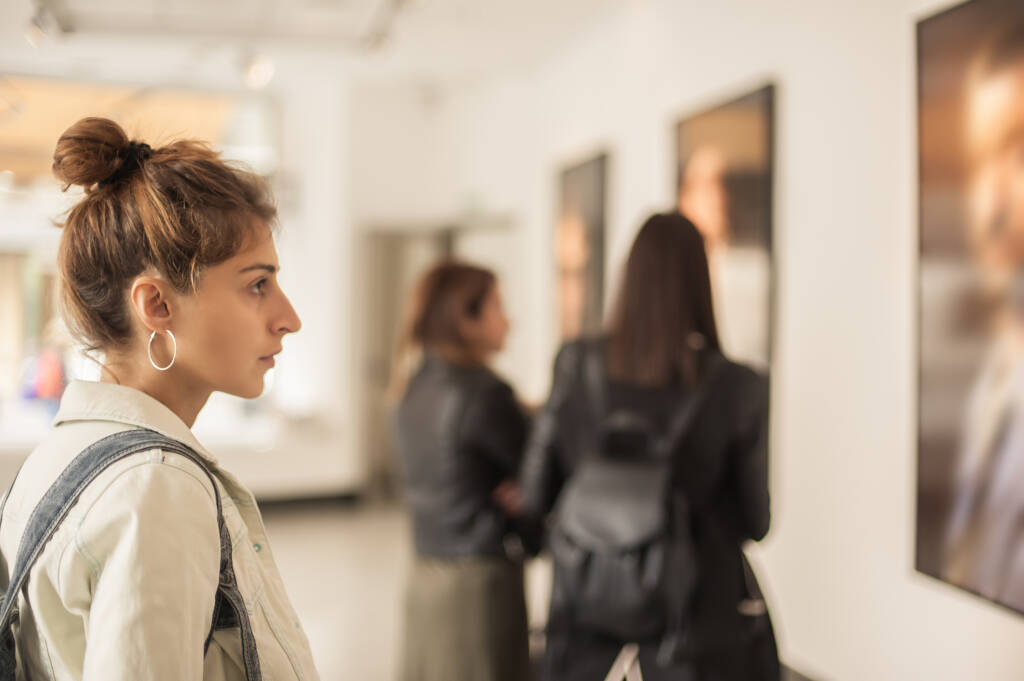
Music Appreciation

Music is part of everyday life and reflects the spirit of our human condition. To know and understand music, we distinguish and identify cultures on local and global levels. This course will provide students with an aesthetic and historical perspective of music, covering a variety of styles and developments from the Middle Ages through the Twenty-First Century. Students will acquire basic knowledge and listening skills, making future music experiences more informed and satisfying.
Major Topics and Concepts
- Learn about the basic elements of music.
- Examine pitch and melody and their roles in a piece of music.
- Discuss some of the notations and language used to distinguish rhythm in a piece of music.
- Consider dynamics and its effect on music.
- Investigate form in music and how this involves the other elements of music.
- Examine the relationship between popular music and pop music.
- Discuss the characteristics that help define pop music.
- Consider how technological advances helped shape pop music.
- Investigate the history and development of pop music.
- Discuss the current status of pop music.
- Learn about the history of music before the Middle Ages.
- Discuss the role of music in ancient societies.
- Investigate the styles of music that were present before the Middle Ages.
- Examine what musical instruments were used in ancient times.
- Trace the development of music through the Middle Ages.
- Understand the Renaissance and its relationship to the music of this time period.
- Discuss the effects of music on society.
- Describe some of the instruments that were developed during this period.
- Discuss some of the characteristics of Renaissance music and the forms of music composed.
- Talk about a few of the influential composers of Renaissance music.
- Discuss the transition from earlier forms of music to music of the Baroque period.
- Analyze the changes that this period made to Western music.
- Discuss opera and how it developed.
- List some of the composers and musicians during this time period.
- Trace the development of music during the Baroque Period.
- Examine the changes in music during the Classical Era.
- Discuss the musical forms, such as sonatas, that were popular.
- Learn about the common features of music from the Classical Era.
- Investigate some of the composers from this period.
- Trace the development of music during the Classical Era.
- Examine the music of the Romantic Period and how it differs from earlier music.
- Discuss the features and characteristics of music from this period.
- Learn about some of the composers and musicians from this time period.
- Investigate the role of music in society during this time period.
- Trace the development of music during the Romantic Period.
- Investigate the musical traditions that combined in jazz.
- Discuss the characteristics and features of jazz music.
- Examine improvisation and its role in jazz music.
- Learn about some of the musicians who helped to develop jazz.
- Trace the development of jazz during the twentieth century.
Competencies
Elements of Music
Students will demonstrate an understanding of the elements of music by explaining the music elements, describing the use of elements in genres of music, and summarizing the dynamics of music.
Pop Music
Students will demonstrate an understanding of pop music by summarizing the rise of pop music, explaining the characteristics of pop music, and summarizing the evolution of pop music.
Origins of Music
Students will demonstrate an understanding of the origins of music by explaining ancient music, summarizing ancient music theory, and evaluating medieval music.
Music of the Renaissance
Students will demonstrate an understanding of the music of the Renaissance by summarizing the influence of the Renaissance, explaining Renaissance instruments, and describing Renaissance music forms.
Music of the Baroque Period
Students will demonstrate an understanding of the music of the Baroque period by describing changes in Baroque music, explaining Baroque forms, and comparing composers of Baroque music.
The Classical Period
Students will demonstrate an understanding of the classical period by describing the characteristics of classical music, explaining the forms of classical music, and comparing the classical composers.
The Romantic Era
Students will demonstrate an understanding of the Romantic Era by explaining changes to music during the Romantic Era, contrasting the composers of the Romantic Era, and analyzing society’s influence on music.
The Jazz Era
Students will demonstrate an understanding of the Jazz era by explaining the birth of Jazz, evaluating the characteristics of Jazz, and comparing influential composers.